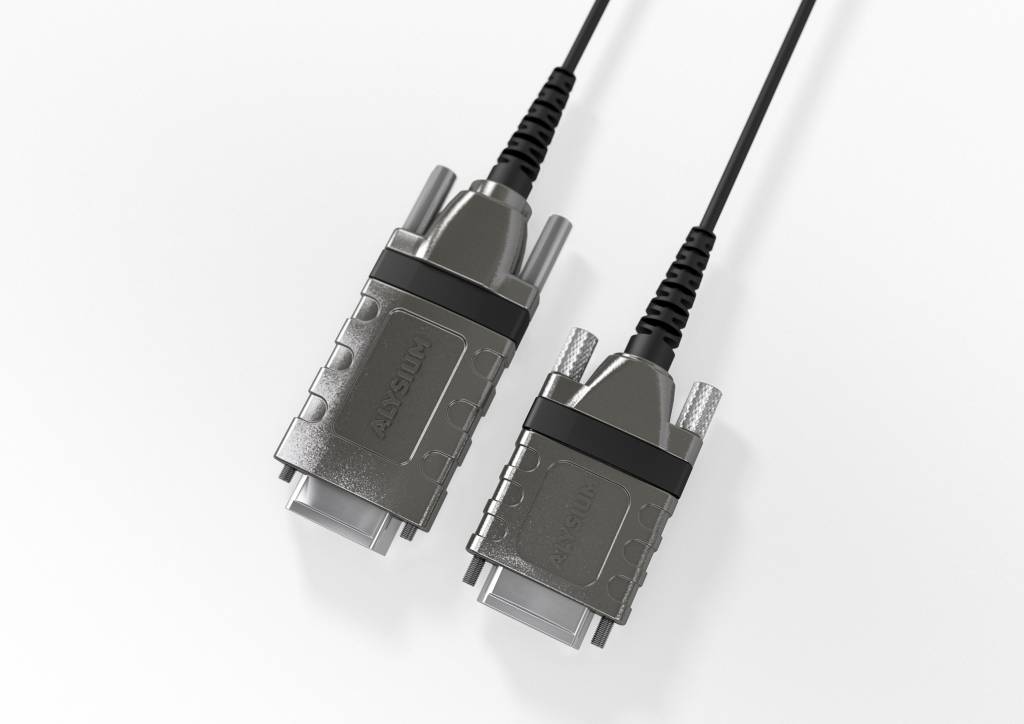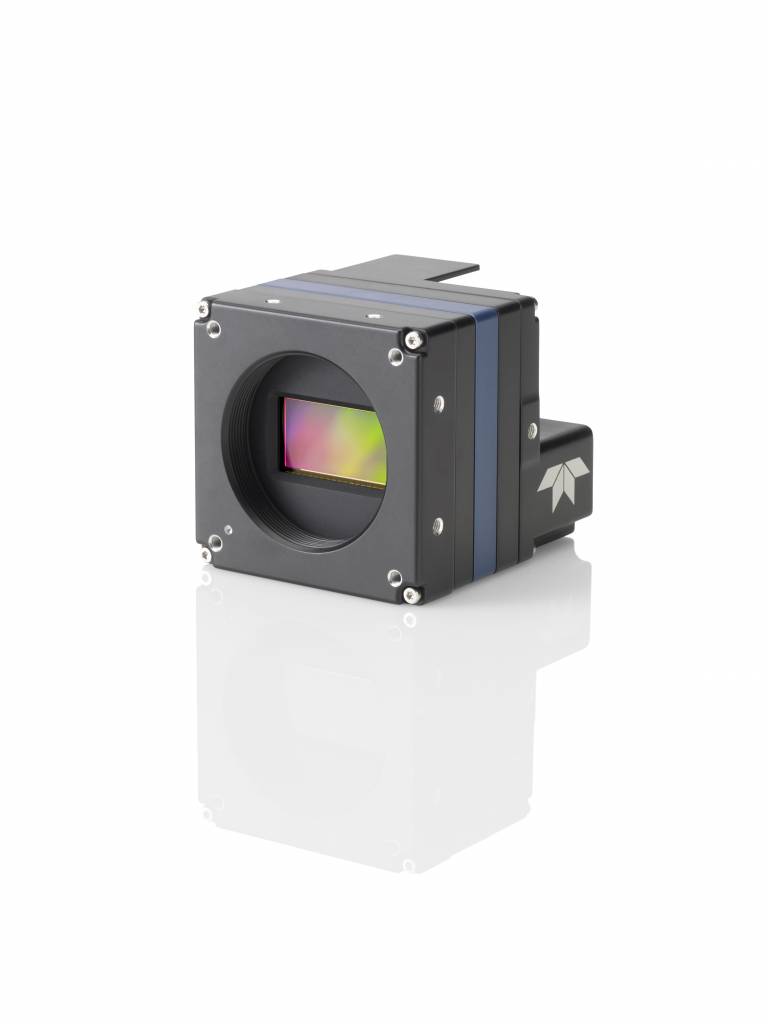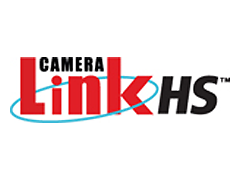
CLHS built on the key strengths of Camera Link and added bi-directional GPIO and new triggering capabilities to meet customers‘ demands. Another CLHS goal is to allow on-the-fly changing of Window ROIs. And so, we came up with a remote DMA style of packet, which allows the frame grabber to know which pixels are included in each packet and therefore perform image preprocessing on the fly.

Active Optical Cables
High bandwidth cameras need many data lanes to transfer data from camera to frame grabber. So CLHS has a seven down, one up lane cable. Teledyne Dalsa currently uses each lane at 10G, which gives 1.2gigabytes/sec of uplink and 8.4gigabytes/sec of effective data bandwidth returned to the frame grabber. Rev 1.1 allowed 12.5G per lane on this cable, pushing the effective bandwidth to 10.2Gbytes/sec. This is still not enough bandwidth for upcoming products, and so 14G will be in the next CLHS release enabling 11.4GBytes/sec of throughput. Alysium and Hewtech have been supporting the active optical cable (AOC) and Alysium is soon to release their second generation which shrinks the connector that houses the optical engine and still maintains the 1W of power dissipation. Another change that has been discussed in the committee, is to allow CLHS to use 25Gbps optical technology. Studies confirm the current IP core available from the AIA is able to run at the required speed without change, and so the migration to the new speed will happen when the optical engines and the supporting FPGAs become cost effective.

Two Existing Cores in Parallel
CLHS leverages widely available ethernet technology. Ethernet is also going to 50Gbps per lane, and there are FPGAs out there that can support 50Gbps capability. So, one proposal in the committee is to parallel two CLHS cores, as they are today, put in extra little bit of logic to, concatenate those two cores into one. And then at the receiver end, split a concatenated signal into two receive signals. So, that’s a very simple change. But it’s a long way off. However, it’s good to know that we can keep reusing the core technology for many years to come without change, because it works.

Inexpensive Fiber Optic Cables
Fiber optic cable is very inexpensive now. For example, fiber optic cable at 300m is the cheapest solution. So, if you want distance, low cost, and high data throughput beyond what copper cabling solutions provide, fiber is the answer. In addition, fiber cables are so thin, they are more easily routed than larger copper cables which also simplifies system design. Fiber doesn’t radiate emissions and it is EMI noise immune. So, it can be routed beside big motors, and data transmission won’t be affected. Using fiber optic physical layer cables in conjunction with CLHS is an ideal solution to use with robotic arms because fiber is very light and very easy to move and CLHS is single bit error immune. Fiber also has a lot of flex life as opposed to copper. Most people will choose the camera performance requirements first, but if you’re cabling driven, then CLHS is a great choice.
